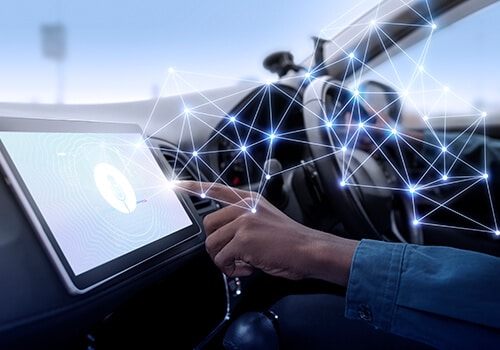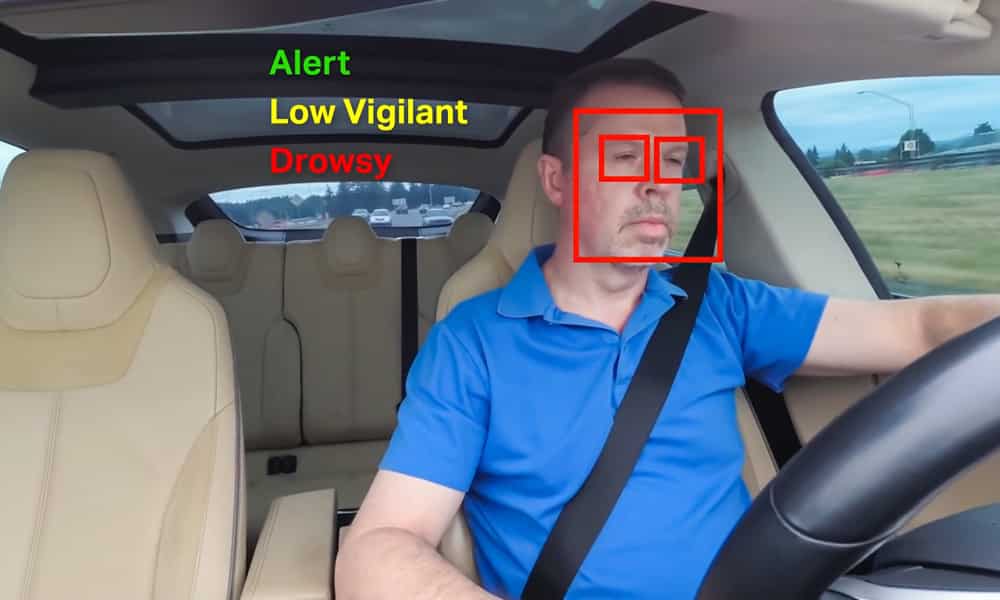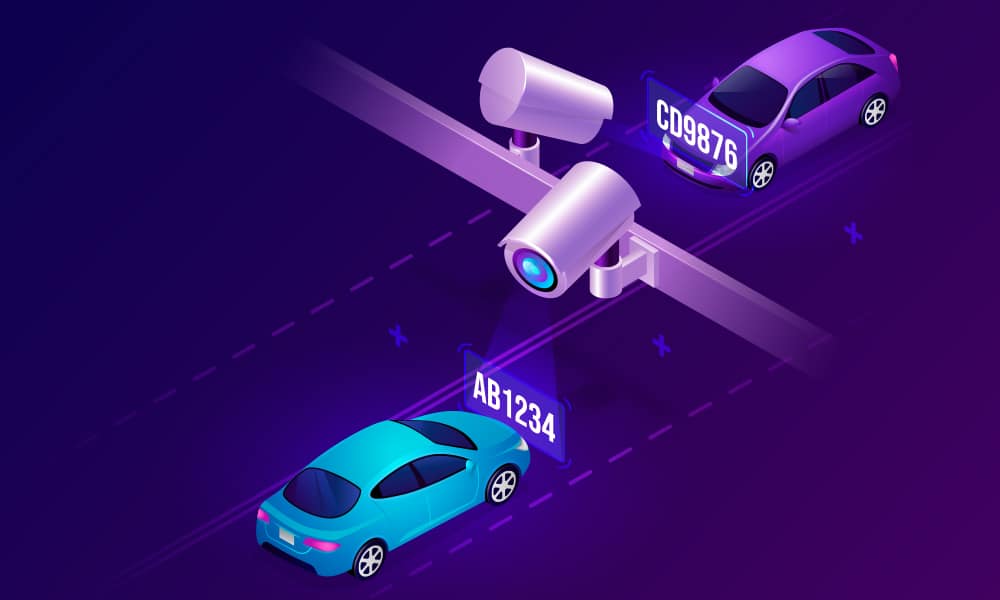Most accidents related to vehicles happen due to human error. Although you can’t prevent all vehicular accidents, you can avoid a significant portion of them. Advanced technologies such as ADAS, with the help of a machine-human intelligent interface, are helping drivers improve their ability to predict, assess and react to the dangers on the road.
The Advanced Driver Assistance System or ADAS industry doubled in size between 2015 and 2020 and reached $17 billion in 2020. Furthermore, the ADAS market is projected to touch $32 billion by 2023.
By 2043, close to 95% of US registered vehicles will be fitted with several ADAS features such as rearview camera, rear parking sensors, Fatigue Detection, and Blind Spot Warning. Other examples of ADAS include lane keep assistance, emergency brake, and adaptive cruise control, among others.
What is ADAS?
ADAS is an intelligent system built into the car design that assists the driver in driving and reducing vehicular accidents.
These advanced systems provide crucial information to the driver about traffic, road closure, congestion warnings, and alternative routes. Additionally, these systems also accurately judge drivers’ fatigue levels and distractions and provide alerts and suggestions regarding their driving.
How does the ADAS System Work?
Driver and pedestrian safety depend on passive systems and active safety systems. ADAS uses dynamic safety systems such as state-of-the-art long and medium-range Radar/LiDAR, ultrasonic sensors, advanced stable cameras (front, rear, and driver), the latest automated driving control interface, and vision-based algorithms.
The applications used in the ADAS system are divided into separate chips called systems on a chip. The sensors are connected to the actuators via interfaces and control units.
Autonomous vehicles use such applications to acquire a 360o vision around and away from the car. The system gets input from multiple data sources, including imaging, coverage, object resolution, visibility in low-lighting conditions, and real-time information.
LiDAR system uses several cameras to transform captured 2D images into 3D so that the computer vision can discern between static and moving objects.
Real-world Examples of ADAS system
ADAS has many benefits and real-world examples, such as driver drowsiness detection, speed adaption, navigation system, automatic parking, and night vision. Some beneficial features of this system include,

Lane Assist System
ADAS system, using a series of sensors, ensures the driver doesn’t depart from a lane accidentally. The system will alert the driver if the vehicle is seen drifting, and lane assistance systems can also take simple corrective actions to avoid running off the lane.
Adaptive Cruise Control
ACC is enormously beneficial for driving on highways where it is tough to control speed consistently over extended periods. With ADAS, the vehicles can automatically control their speed and apply brakes based on the movement of other vehicles.
Blind Spot Monitoring
Features like blind-spot monitoring help drivers detect vehicles or cyclists in order to avoid dangerous situations. The system will sound an alarm with the help of sensors and cameras if the vehicle is trying to move into an occupied lane.
Emergency Braking System
Emergency braking and collision warning use a variety of cameras and sensors to detect the proximity to other vehicles, animals, pedestrians, and other objects. The vehicle will warn the driver by tightening the seat belts or taking proactive action such as charging the brakes.
Driver Drowsiness / Fatigue Detection
Reduce road accidents caused by drivers falling asleep by gathering vital driver information from facial landmarks such as drowsiness, eye gaze, distraction, emotion, & more. These in-cabin images are accurately annotated and used for training ML models.
Advantages and Limitations
While the ADAS feature includes enhanced safety and comfort for drivers, it is not without its fair share of limitations and challenges.
Advantages of ADAS System:
- ADAS improves the safety of drivers and pedestrians and helps avoid collisions and fatal accidents.
- It alerts the driver to the potential dangers on the road by judging the behavior of other vehicles and the driver’s attention.
- Navigational features such as automated lighting, cruise control, blind-spot, and lane departure features help in enabling road safety.
- It also makes driving comfortable with automatic parking and traffic sign recognition.
Limitations of ADAS system:
- The lack of training and awareness of ADAS’s advanced features makes it difficult for drivers to take advantage of its benefits completely.
- The ADAS can sometimes misjudge vehicles on ramps, assuming they are coming directly at them.
- It is also possible that drivers become over-reliant on these systems and become distracted in their driving.
- Installation costs of the ADAS system might be too steep for drivers to prefer it.
Importance of Training Data to build ADAS Models

The first step toward building an ADAS model is acquiring massive quantities of training data. Crucial to the development of ADAS systems are data-intensive operations such as deep learning training and inference.
The training helps the deep neural networks to perform automotive AI tasks such as object identification, voice, and image recognition, while the inference training helps the system predict the data outcome.
For example, when the application is learning to identify various objects, it needs to be trained intensively on thousands of images. After loading the images into a deep neural network, it is prepared to identify the image.
Large amounts of labeled and unlabeled training datasets are needed to develop autonomous driving systems that can accurately navigate complex driving scenarios. Synthetic data from multiple sensors simulate, outdoor scenarios (vehicles, pedestrians, objects, weather) can also be used for training models.
How does Shaip Give you an edge over the competition?
To build an ADAS model, you need to get your hands on accurately annotated and labeled training datasets. It is where the proficiency and experience of Shaip give you an edge over the competition.
We provide massive datasets of realistic and well-annotated training data. Our proven technology allows you to scale your project quickly and cost-effectively. Moreover, we also offer top-notch synthetic photorealistic driving environments focusing on weather, lighting, surface degradation, and more.
We also provide clients with completely customized datasets based on their specific project requirements. Shaip training dataset for autonomous vehicles is one of the most sought-after by industry leaders and auto experts.
It is time to strategically combine the sophistication of design with innovation in ADAS technology. This way, you can enhance vehicular safety systems, driving performance, and comfort.







